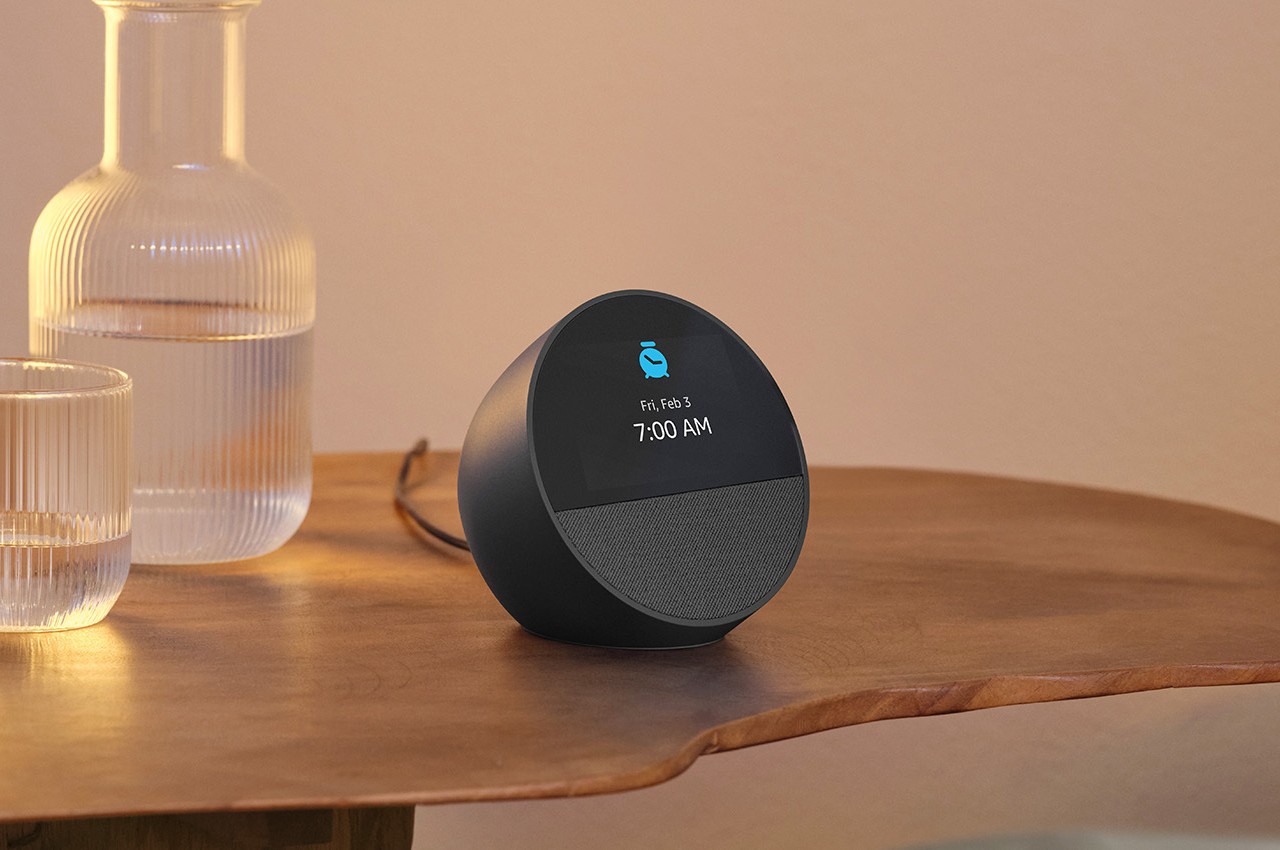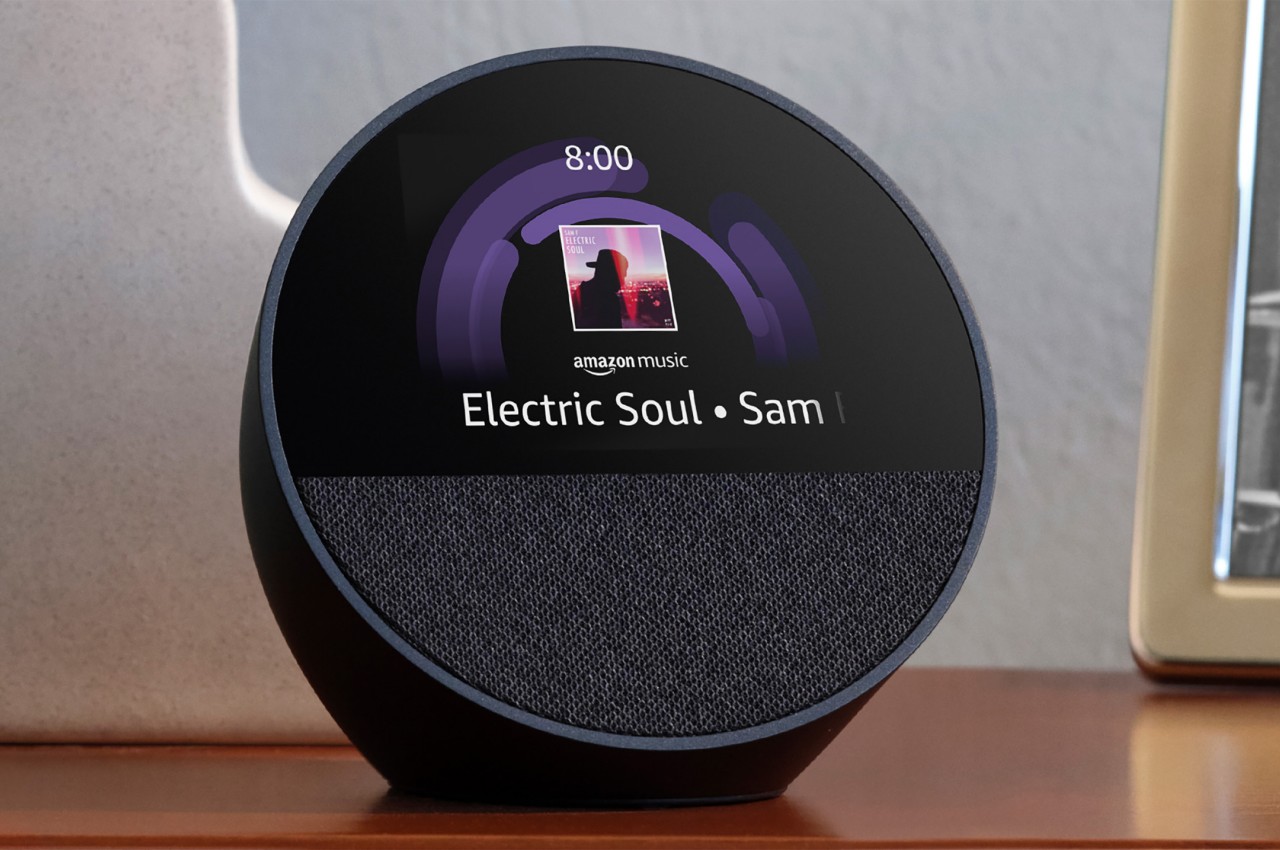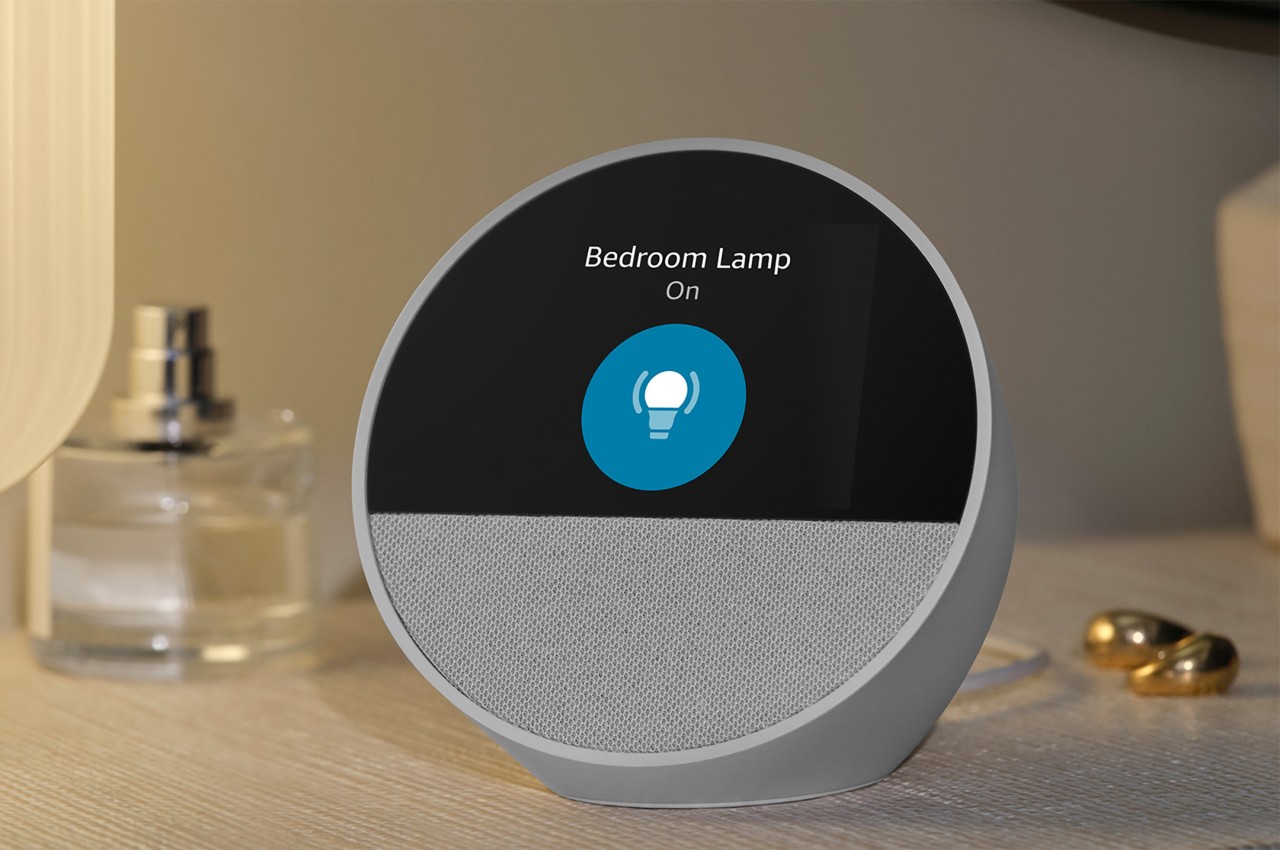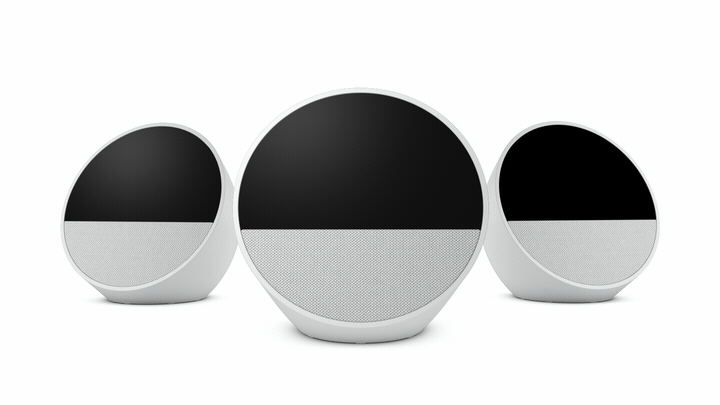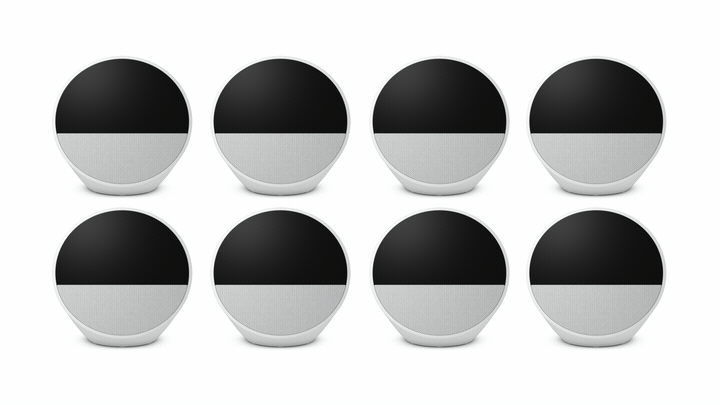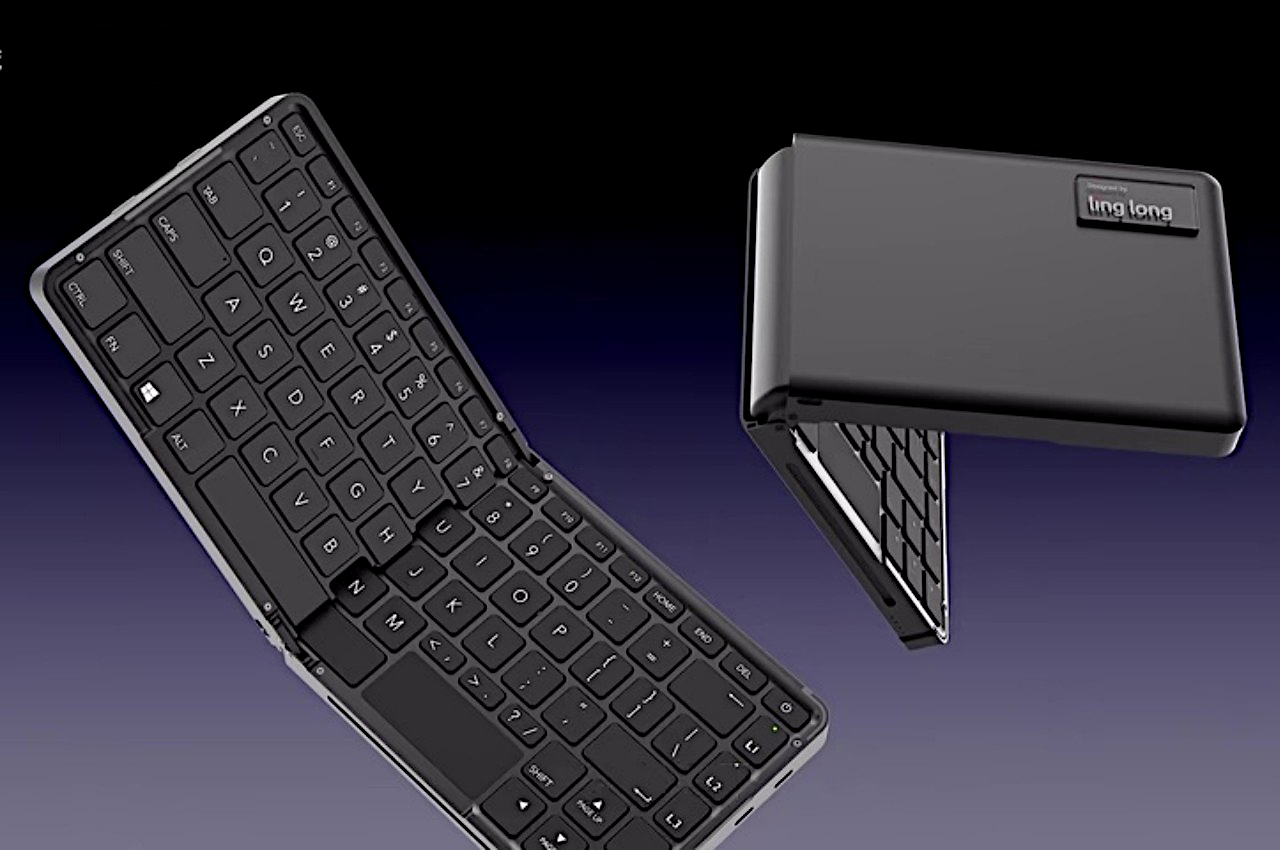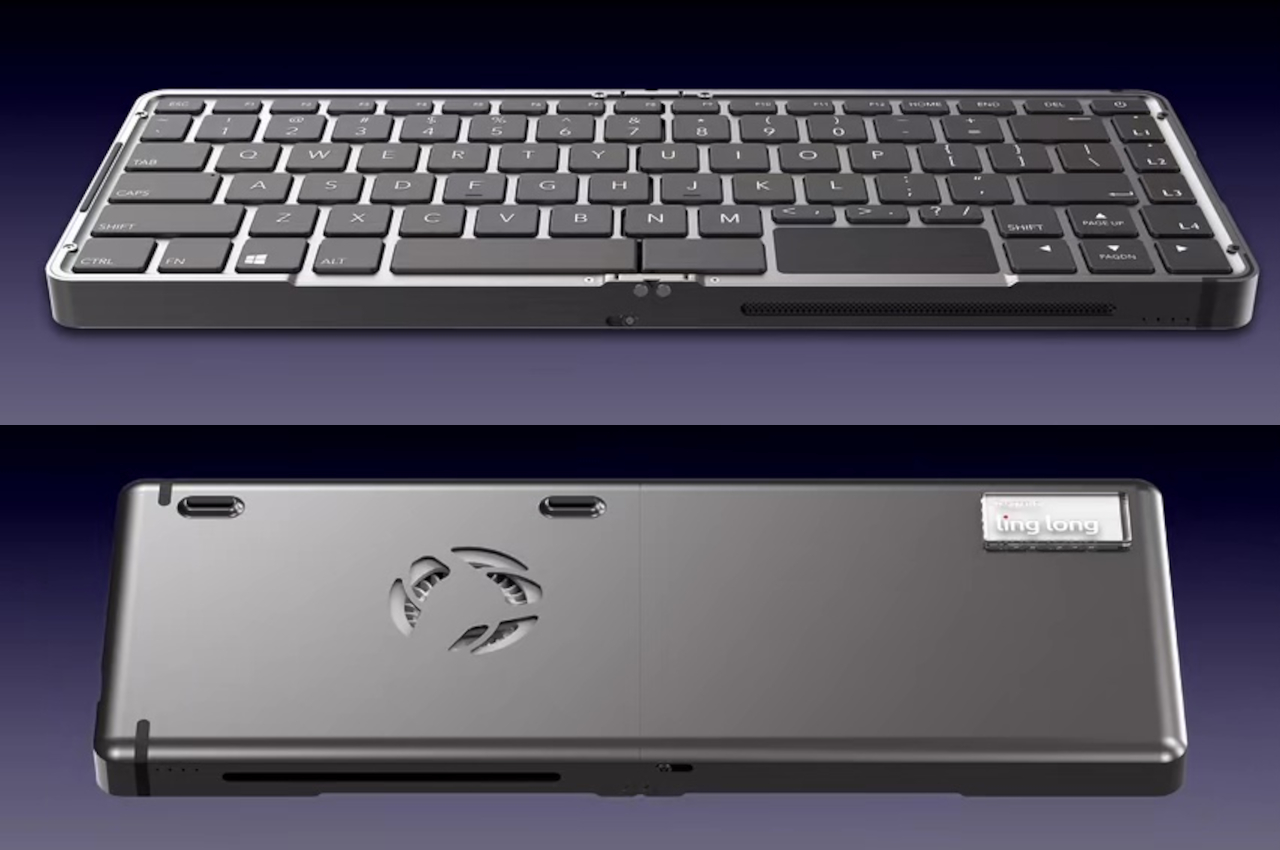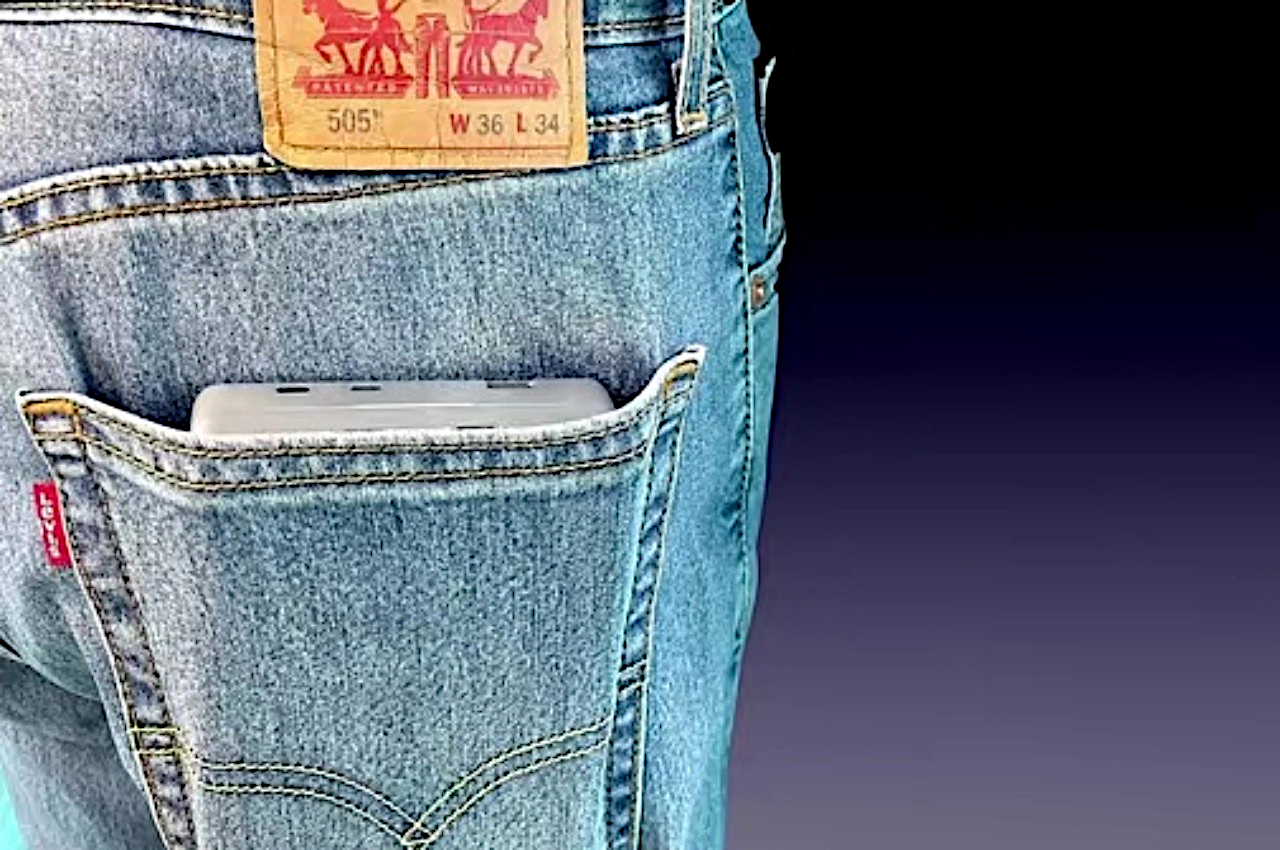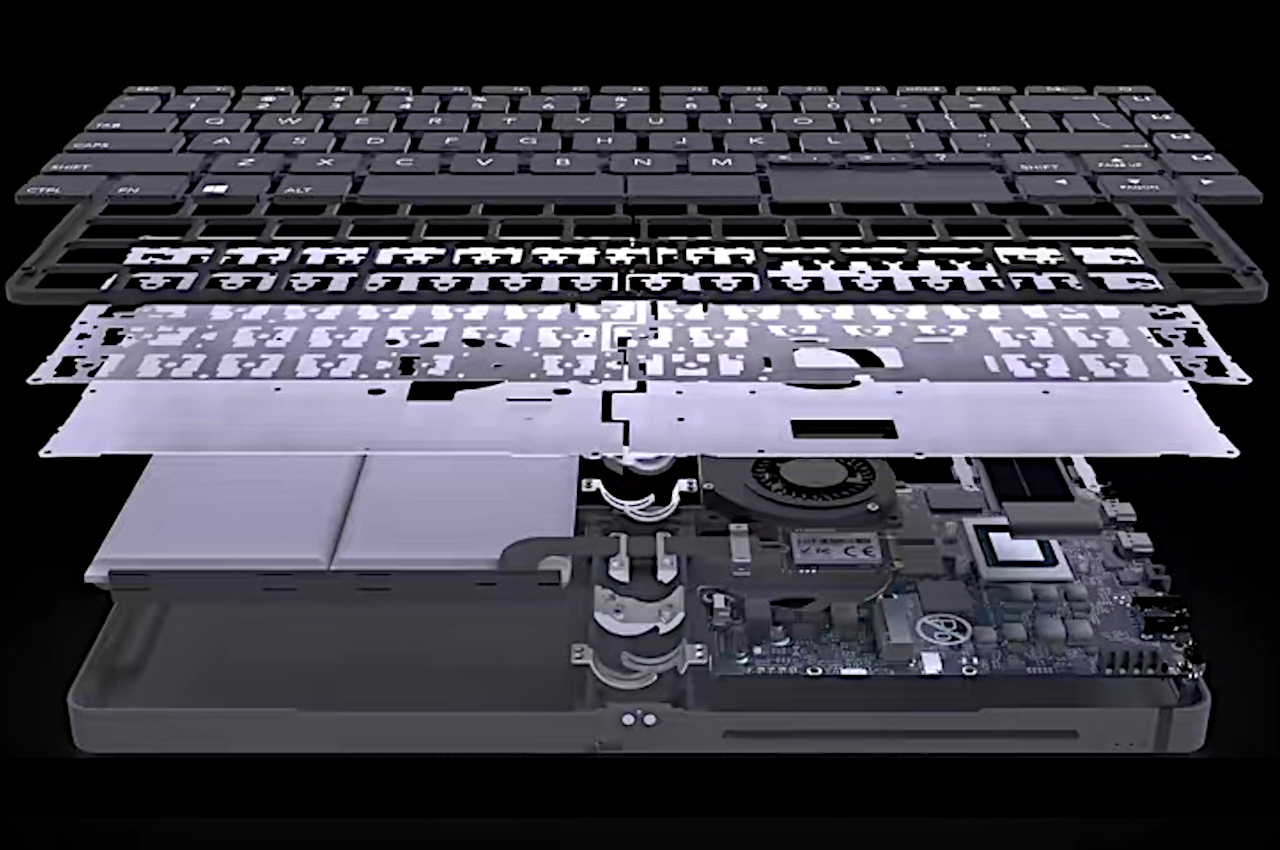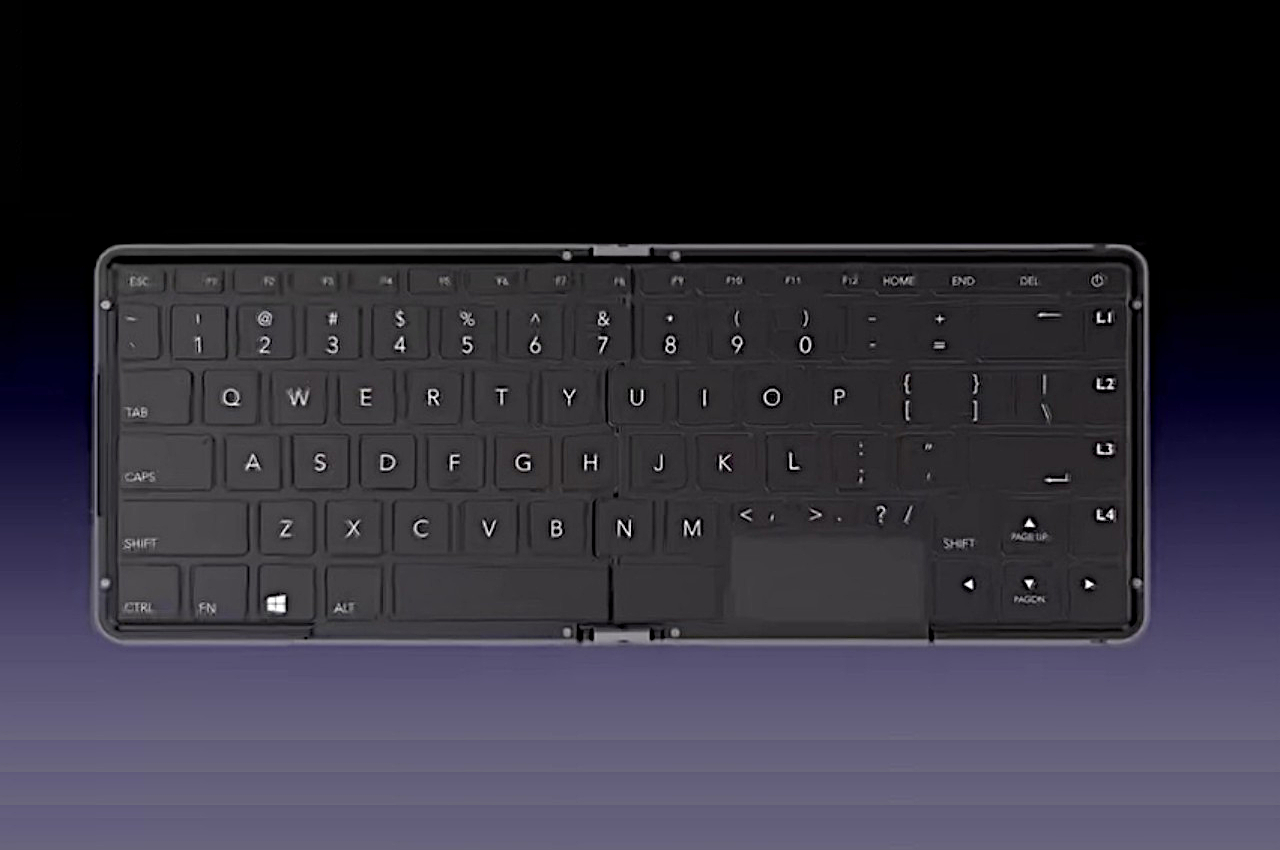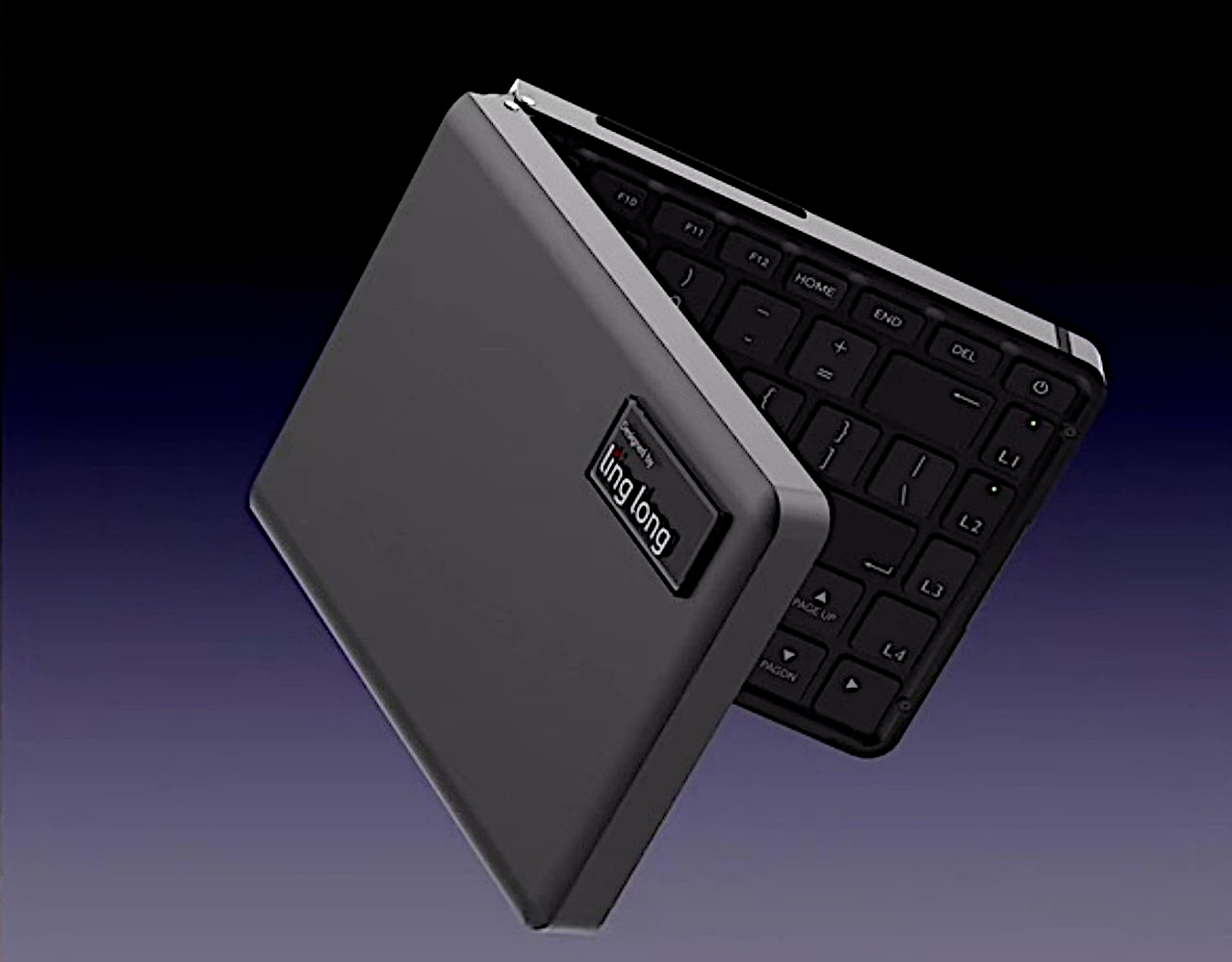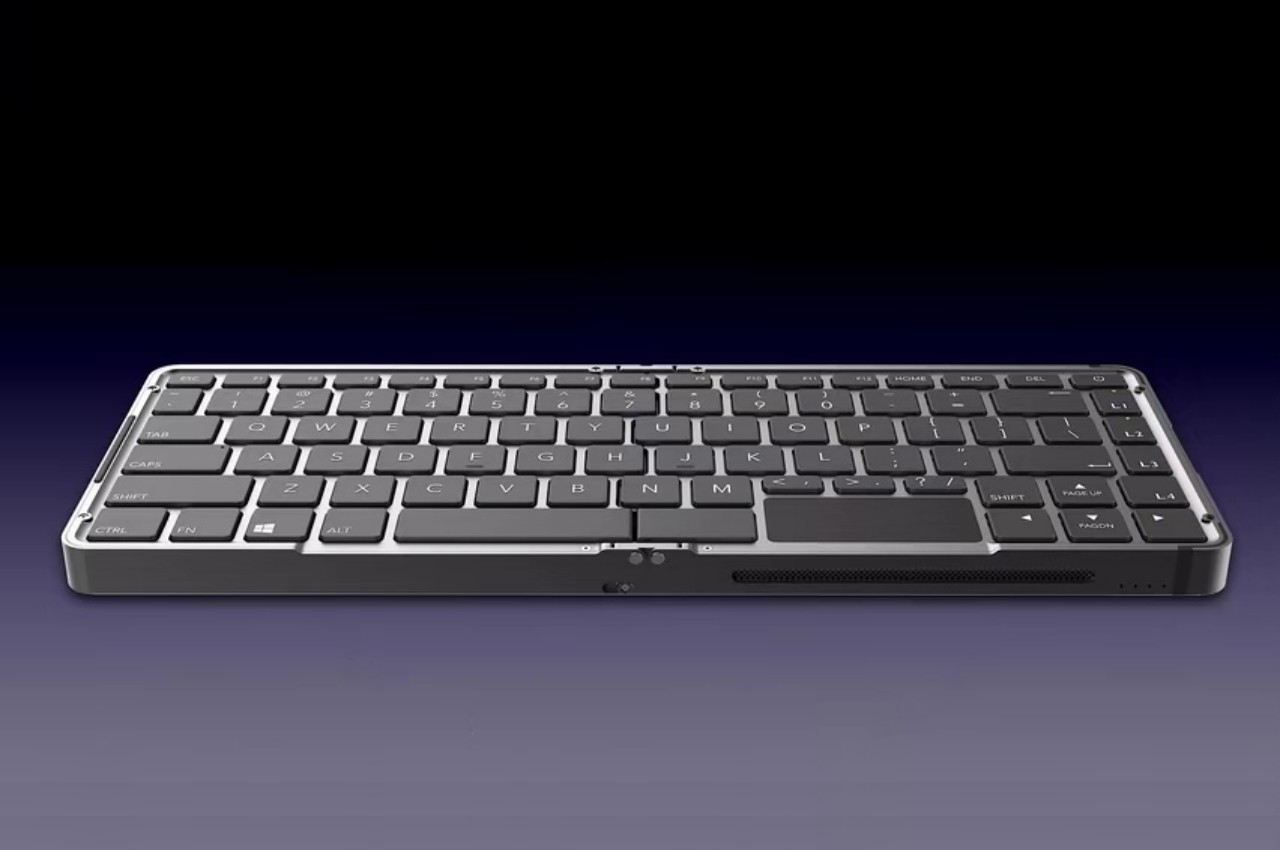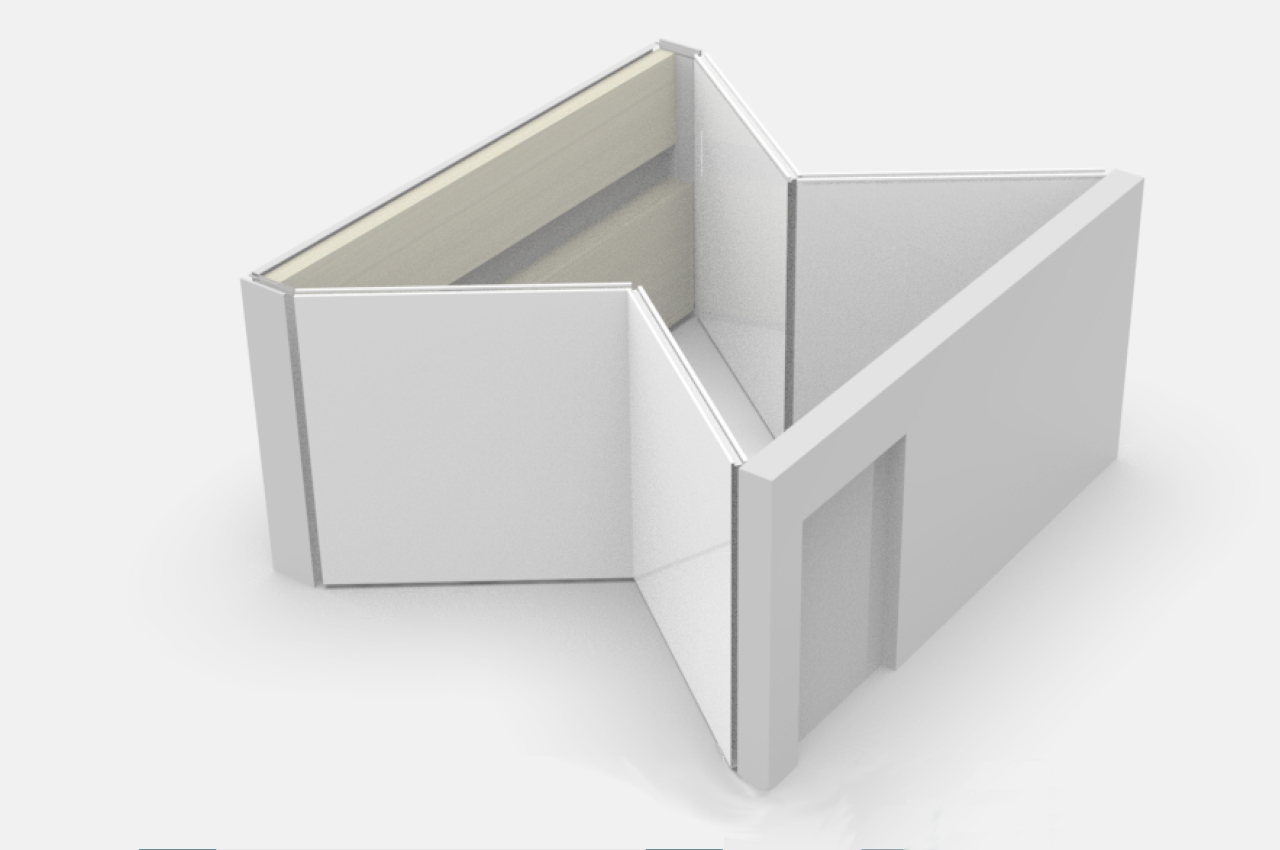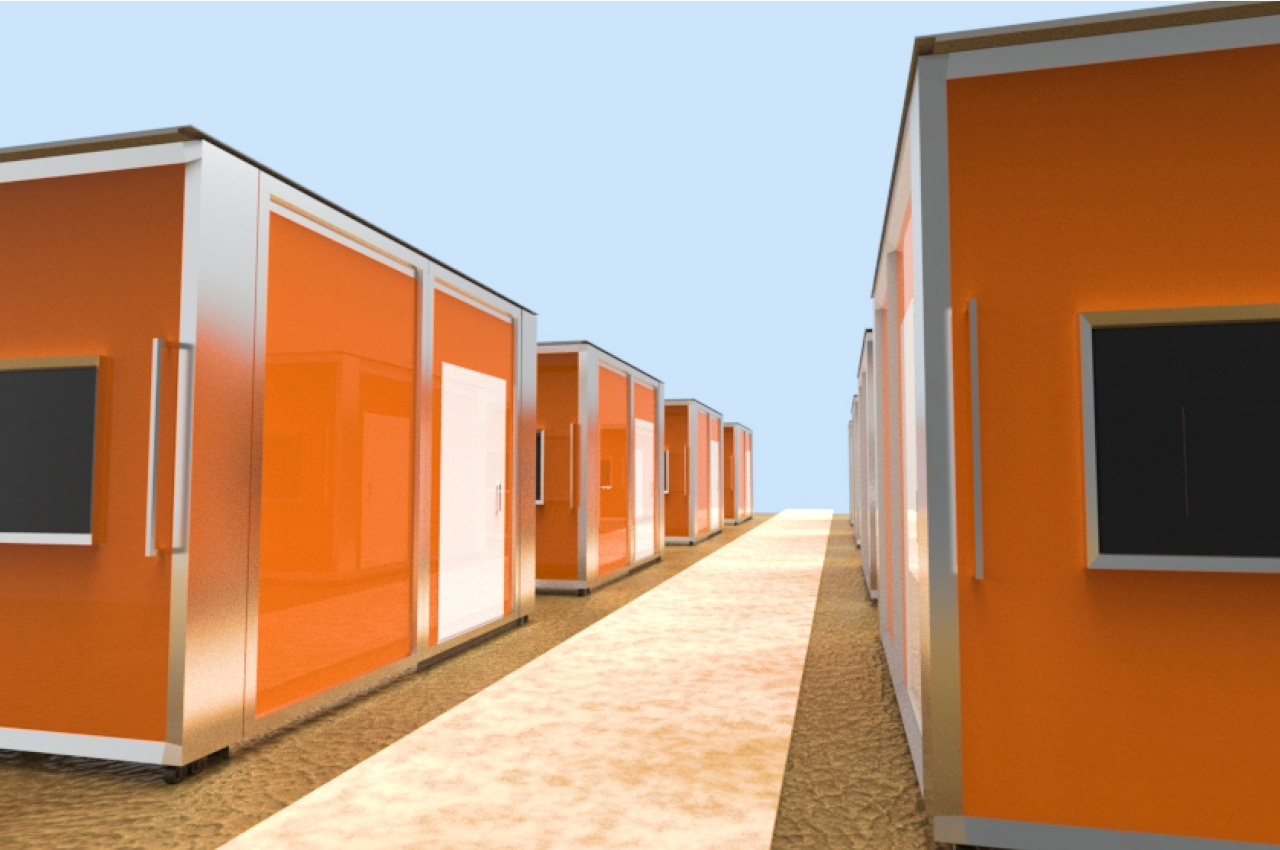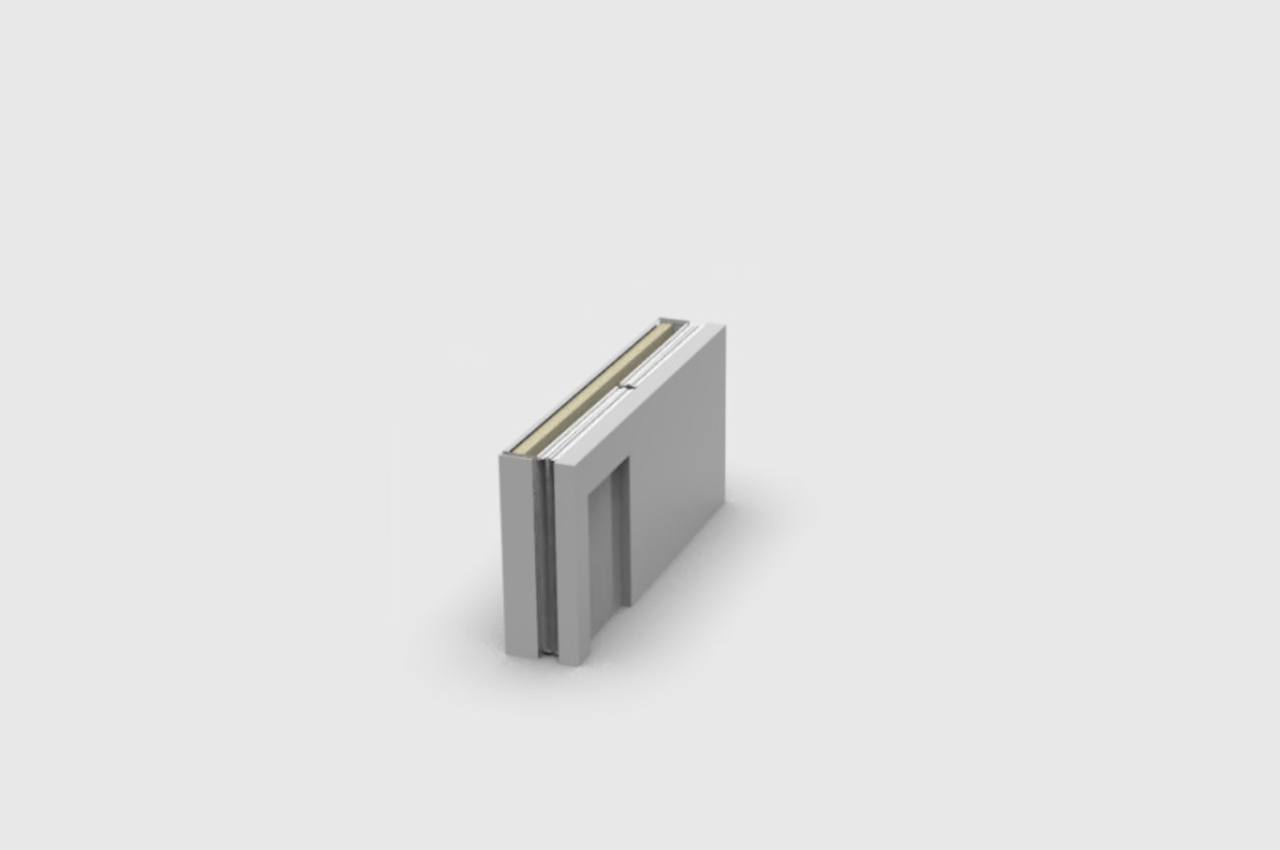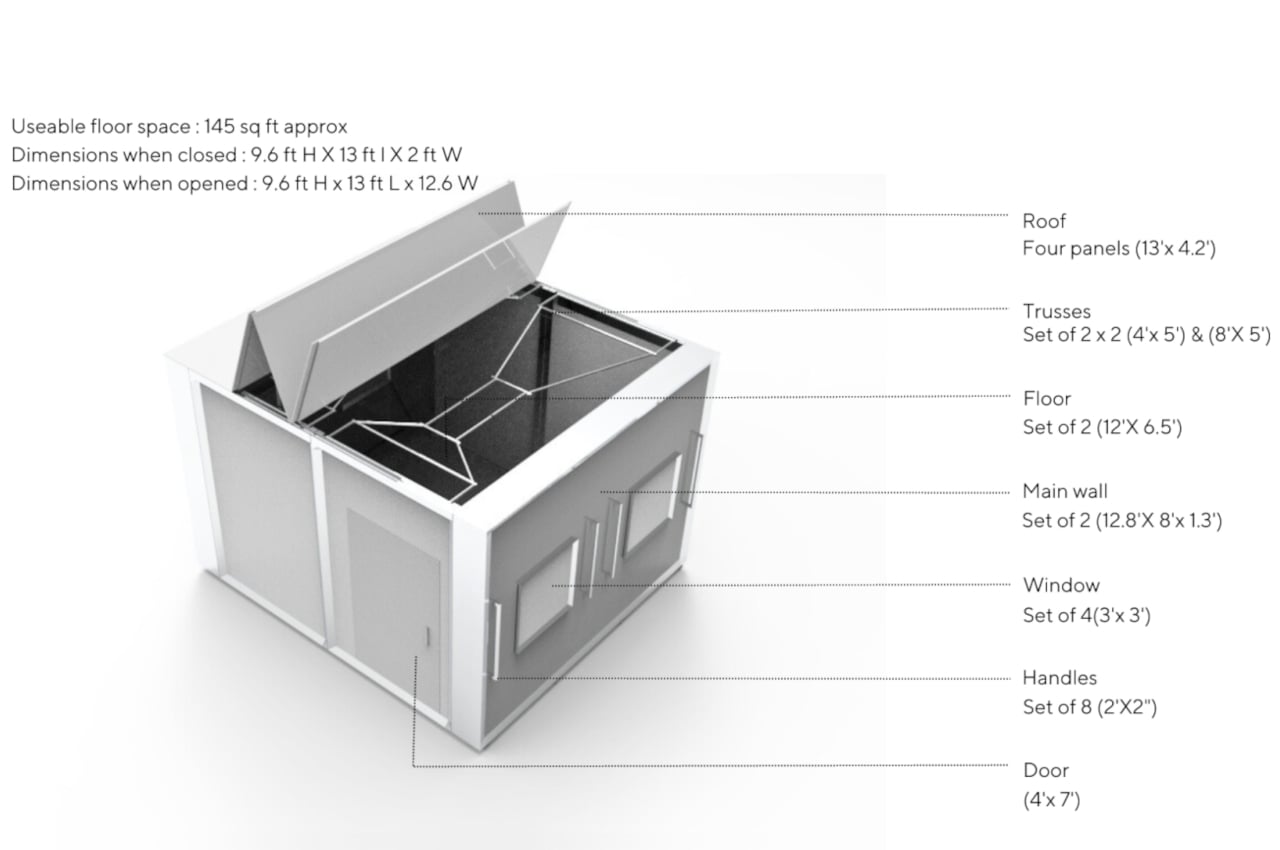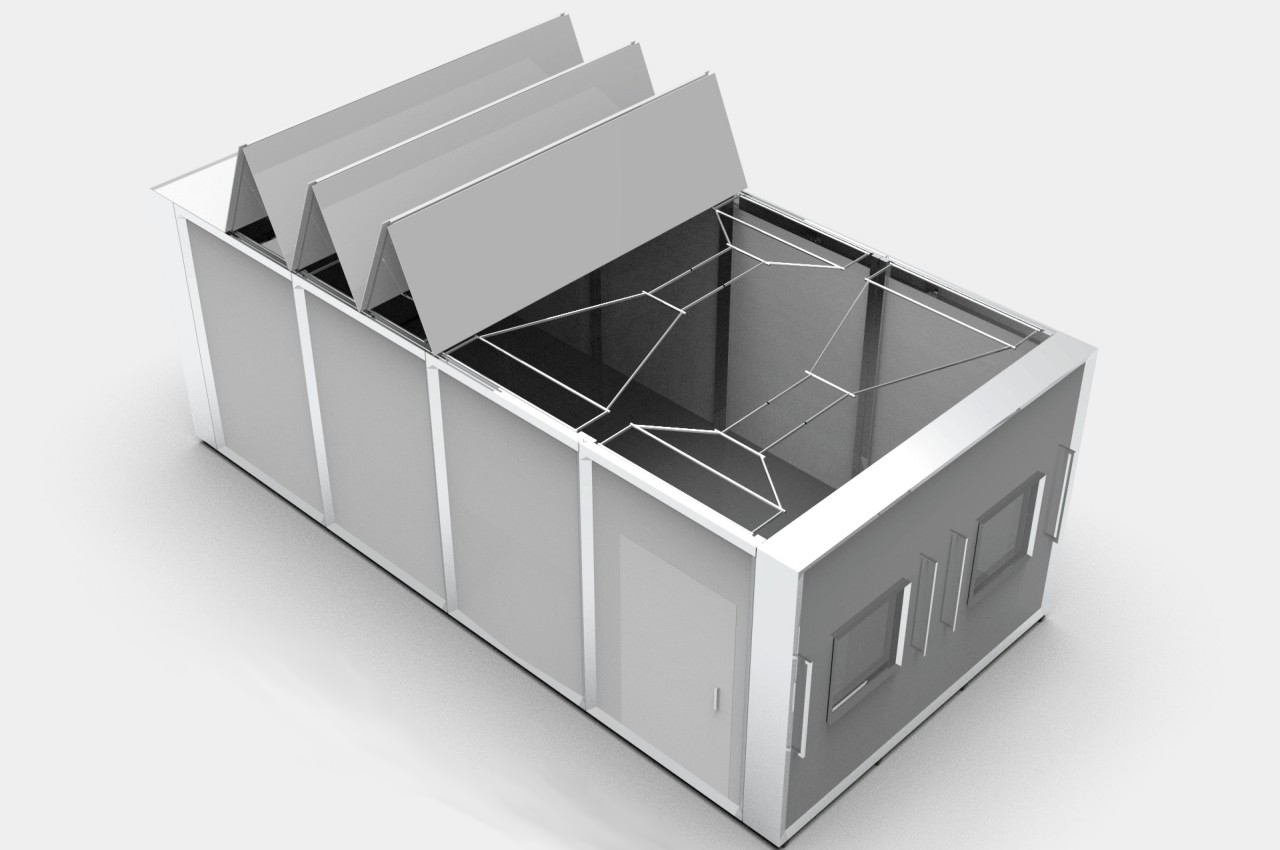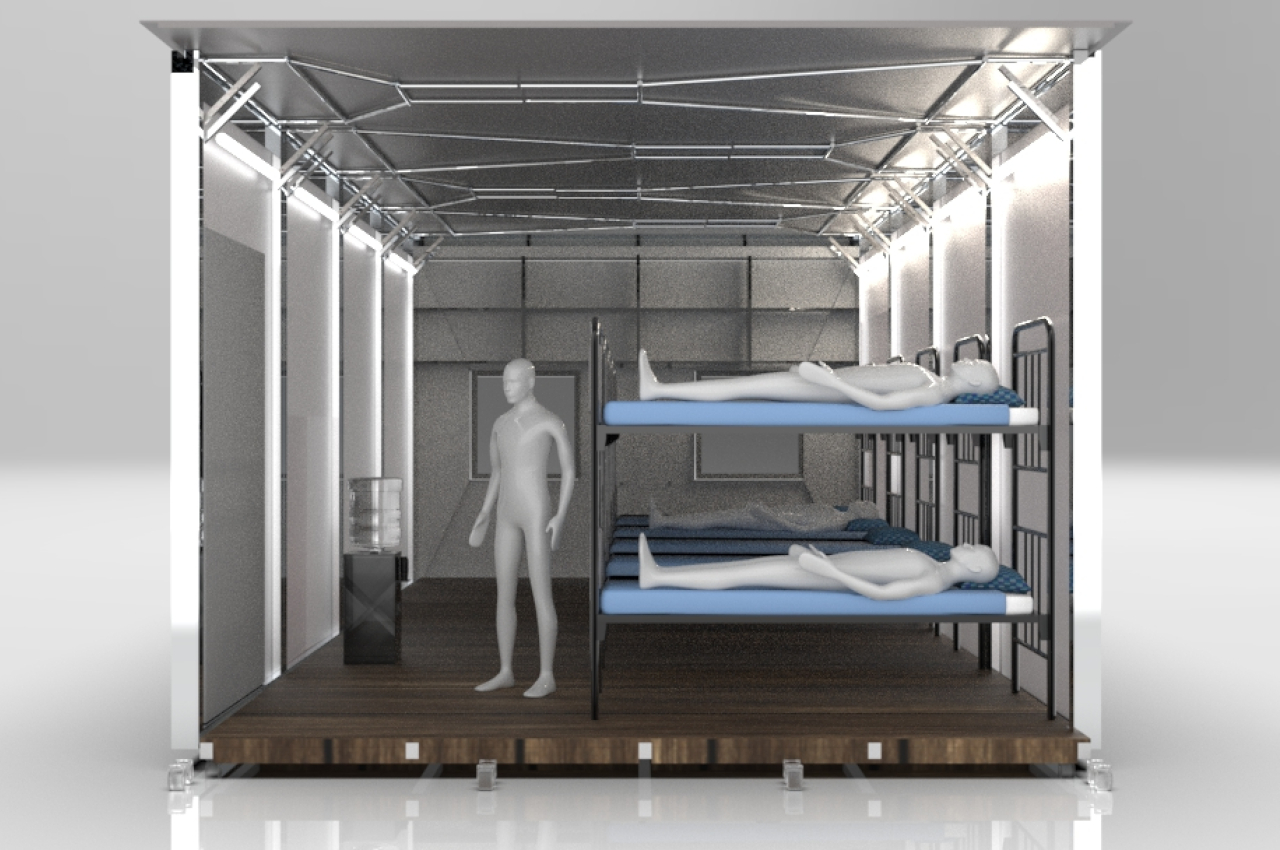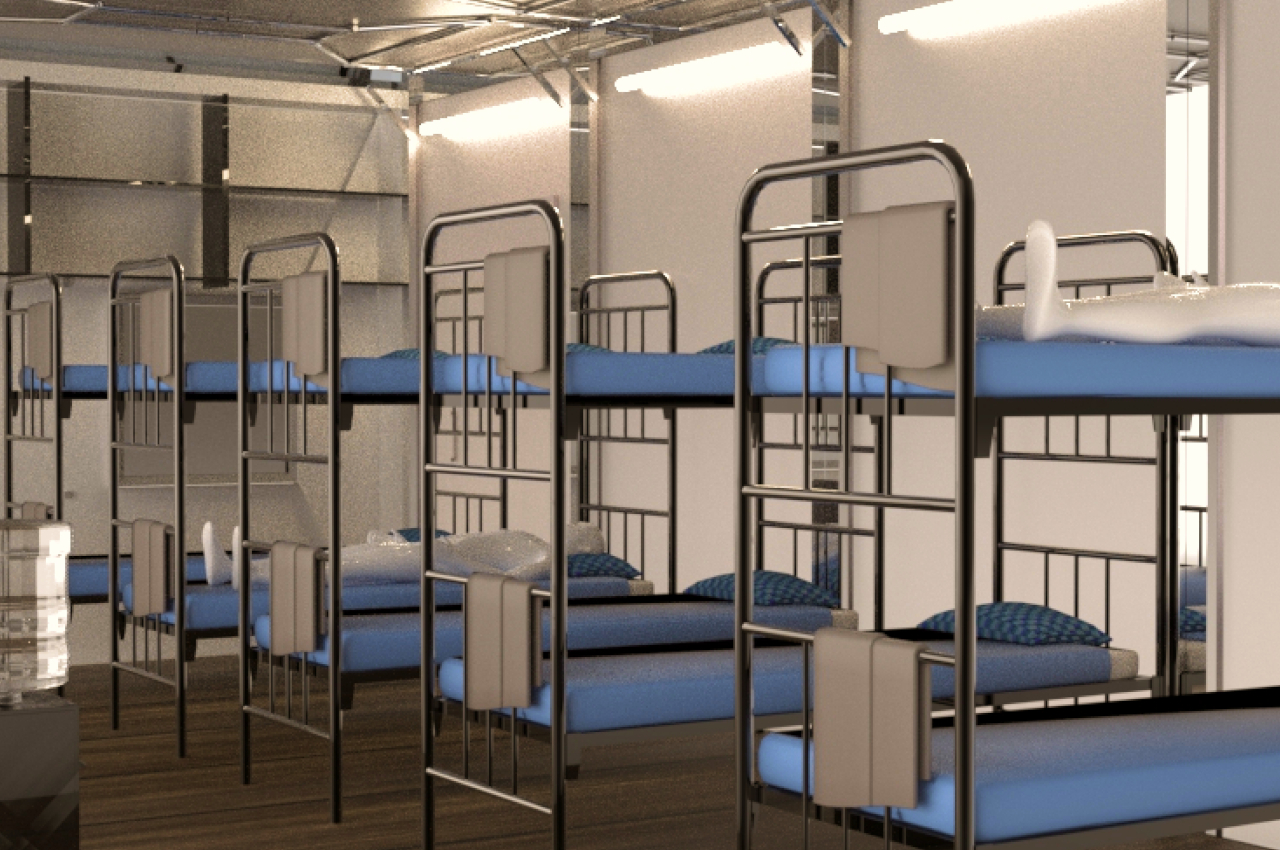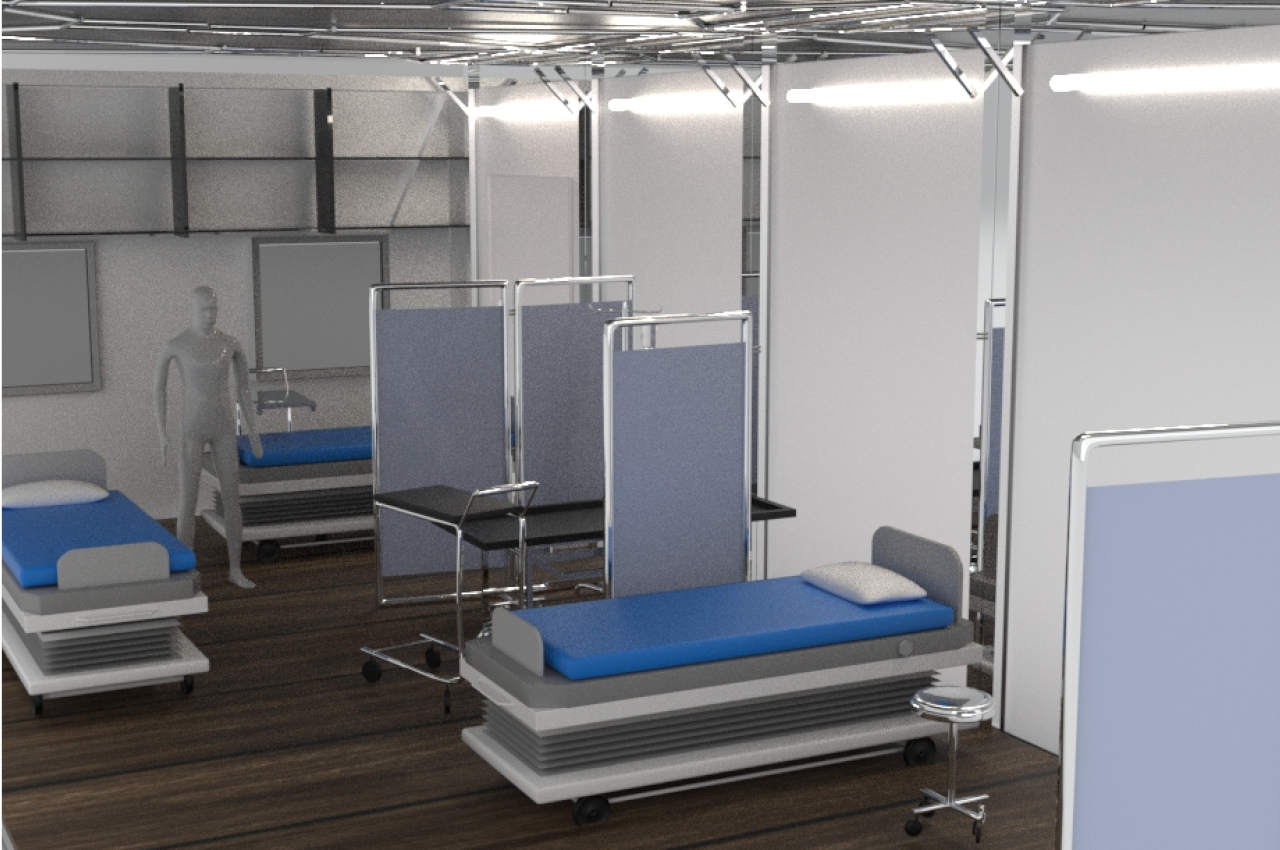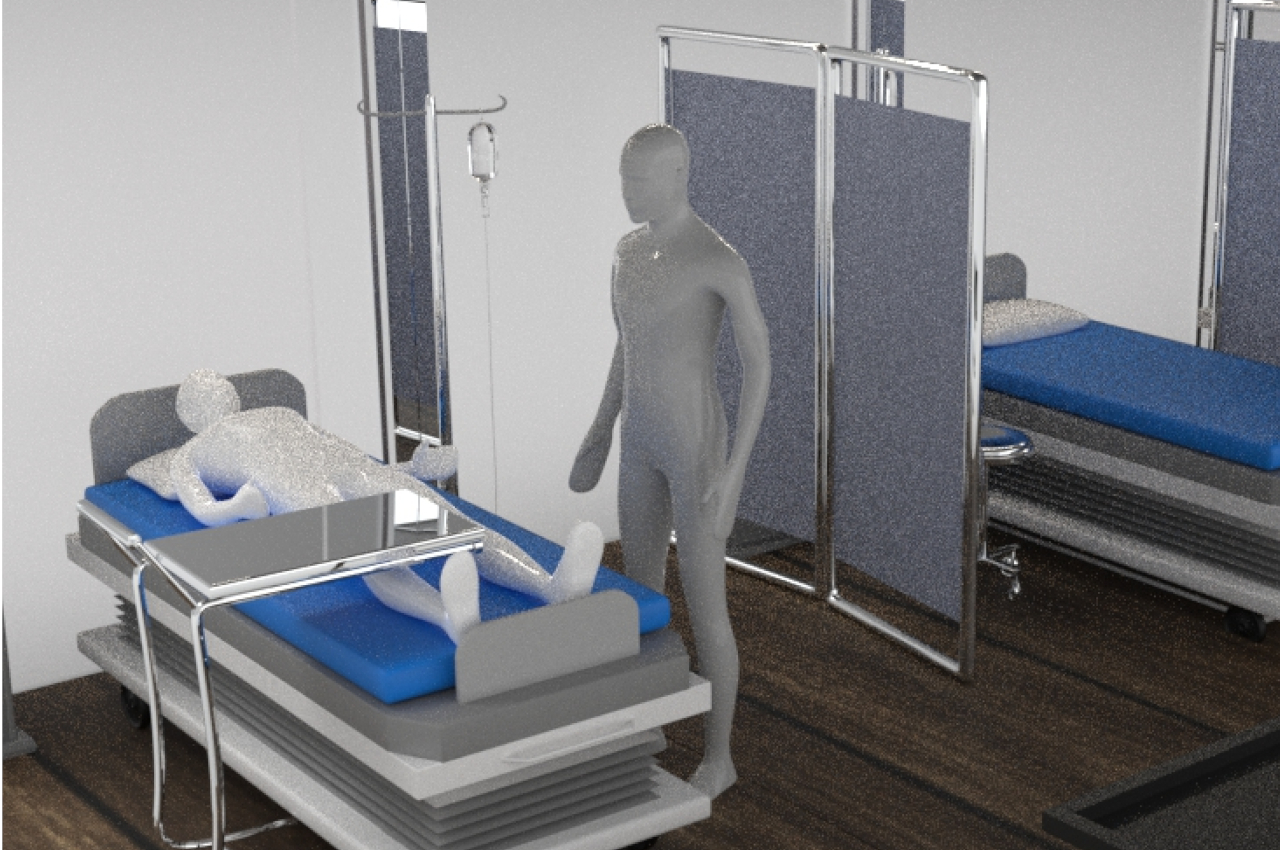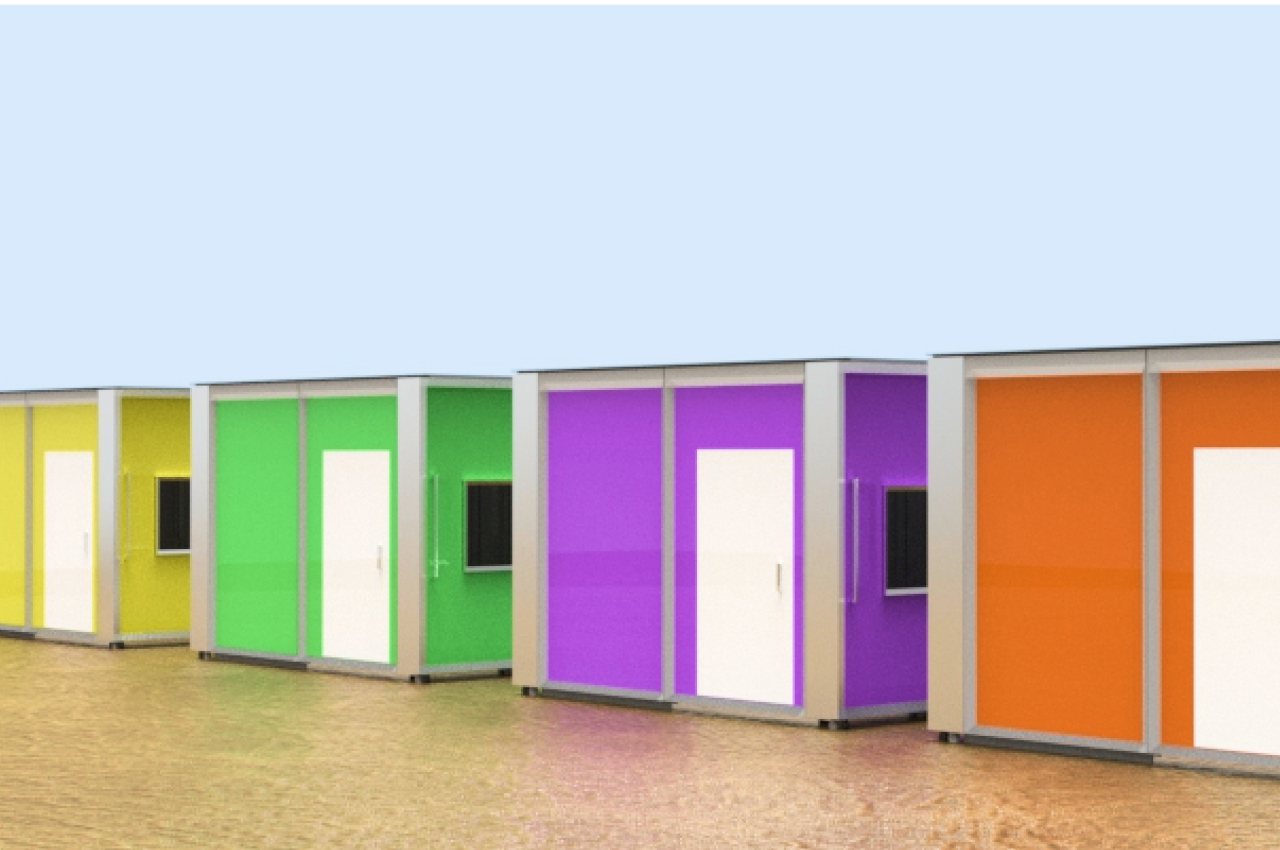
It’s almost a fact of an Apple user’s life that owning one product means owning two or three others or even more. iPhone owners are more likely to own AirPods or even an Apple Watch than any other earbuds or smartwatch brand, which does mean they often need accessories that support all two or three. That’s particularly true when it comes to chargers, which is why many Apple-compatible products come in a 3-in-1 design. Unfortunately, those often come with bulky designs to make space for devices, especially where wireless charging is supported because of the space the charging coils take up. This new 65W AC Power Adapter from Nomad, however, has a rather creative solution to that space problem, especially when you need to quickly charge your Apple Watch or even your AirPods.
Designer: Nomad

With so many people owning more than one electronic device, power adapters that have multiple USB ports are a common sight these days. Even Apple eventually launched a dual USB-C charger, though it ironically doesn’t have enough power to support charging multiple Apple devices at the same time, at least not when you have iPhones and iPads and more. Thankfully, there’s a thriving market for third-party accessories, leaving plenty of room for outside-the-box designs like the new Nomad 65W Power Adapter Apple Watch Edition.


As the name says, this particular power brick is designed with Apple’s smartwatch in mind, and it charges it in a rather unique way. The top of the charger is actually a wireless charger that supports not just the Apple Watch but also some AirPods with cases that support wireless charging. For Apple Watch Series 7 and later, it can even do fast charging, so you’ll be off to the races in no time flat.


That’s not the only notable feature that it has, of course. The Nomad 65W AC Adapter features two USB-C ports, each giving the full power output if used on its own, and that’s enough to even charge a MacBook Pro or fast charge a MacBook Air. If used at the same time, however, the top USB-C port indicated with a blue accent will push out 45W of power, leaving the lower port with only 20W.

Best of all, Nomad’s AC charger is nearly half the size of Apple’s official charger thanks to GaN technology. This makes the adapter a great traveling companion, and its creative design will let you easily charge your Apple Watch on a bedside wall socket, no additional charging pads or cables required.

The post Nomad 65W AC Adapter has a genius way to charge your Apple Watch and AirPods first appeared on Yanko Design.





















